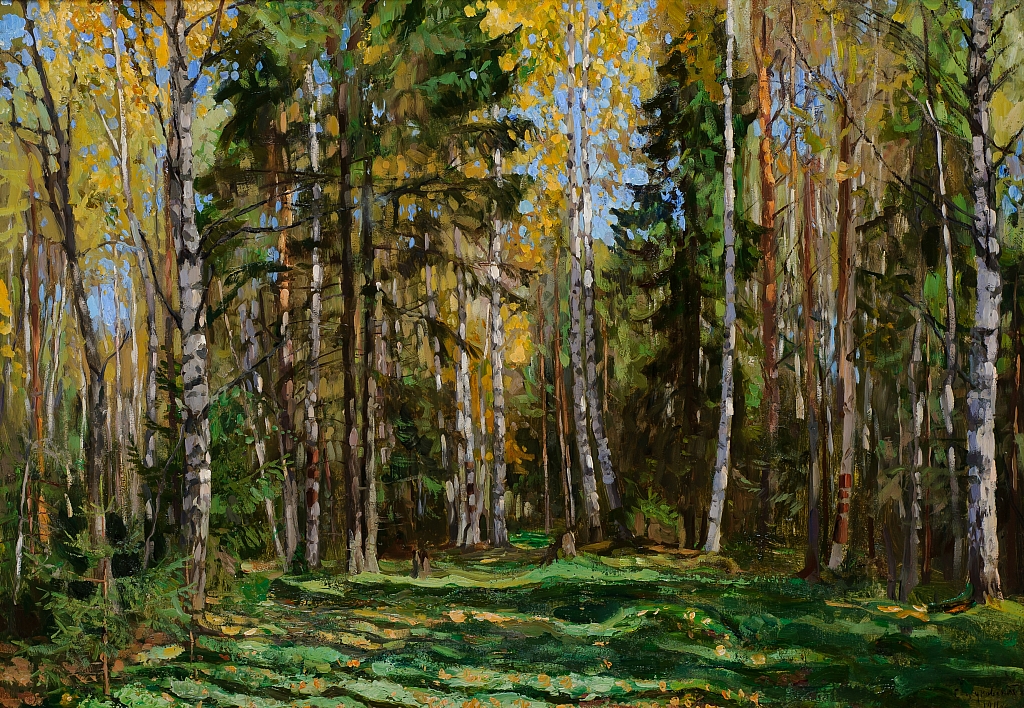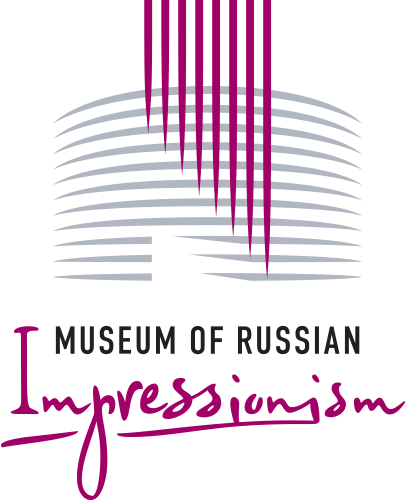
“It is high time we stopped going to Paris for the trends, it is time to shake off our centuries-old slave-like dependency, it's time to find our own national identity...Time to stop turning Russia’s poetic, modest nature into blue and copper colours, or the everyday Russian man into a Tahiti mulatto… It does not suit us, just as the derby hat does not suit the poet Vladimir Mayakovsky, or a golden lorgnette the artist David Burliuk!” In such an original way, with his usual vehemence, Stanislav Zhukovsky urged his fellow artists to pursue a quest of their own, to find an individual manner. Although he himself used the technique of the Impressionist. However, he did so only to bring to his paintings a liveliness, to make them more lyrical. His work always kept its sense of simplicity and realism. "Monet, Cezanne and others were beautiful and utterly sincere artists. But I can’t abide it when an artist depicts Russian nature by trying to fit it into a Cézanne painting. When I see such paintings, I become literally sick," Zhukovsky once said. It seems likely that he painted this “Autumn Forest” in the Tver region. Every year Zhukovsky used to go there to paint en plein air. The artistic company he kept was more incredible: his friends included the artists Nikolai Bogdanov-Belsky and Isaak Brodsky. Zhukovsky shows autumn here as magnificent and luxurious, despite the feeling of fading and decay that will follow, - this is why this painting is filled with a sense of a ‘serene sadness,' which somehow even becomes refreshing.



